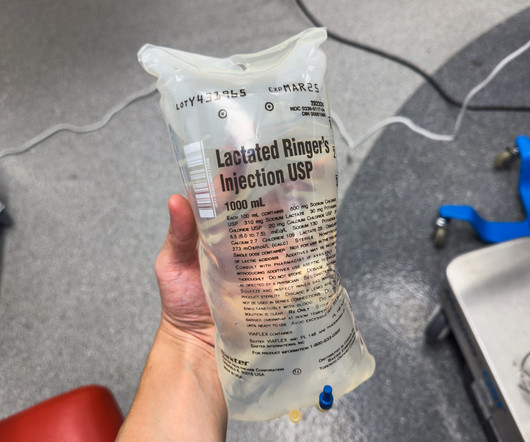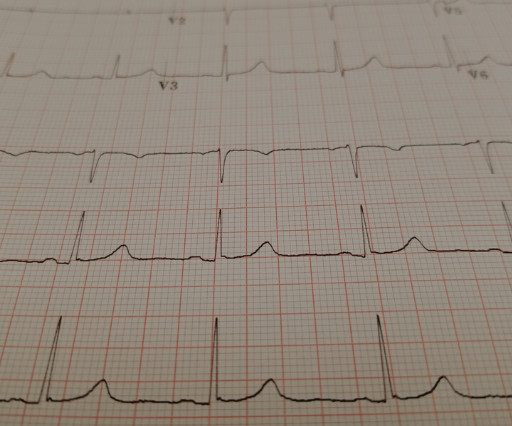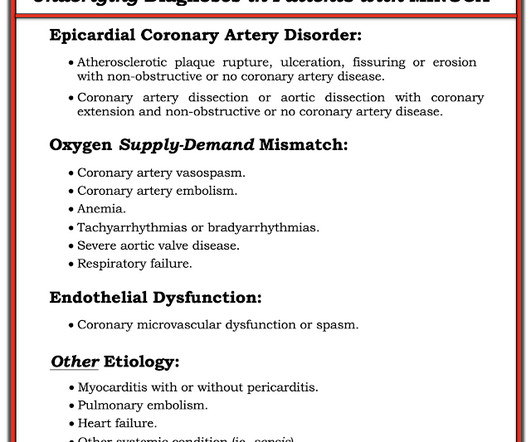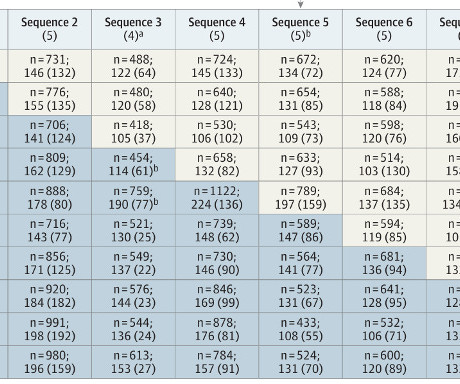Balanced solutions: better than saline, but which balanced solution?
PulmCCM
FEBRUARY 27, 2025
Balanced crystalloids are considered to be probably superior to normal saline as a resuscitation fluid in critically ill patients. Does the choice of balanced solution make a difference in patient outcomes from critical illness? There were no significant differences in any outcome: Bicarbonate levels: (-1.2 Normosol vs 16.0%
















































Let's personalize your content